Field v. Clark (1892)
A clean, classroom-style explainer of the U.S. Supreme Court’s enrolled bill rule from the Tariff Act case — in easy English.

Quick Summary
CASE_TITLE: Field v. Clark, 143 U.S. 649 (1892)
PRIMARY_KEYWORDS: Field v. Clark, enrolled bill rule, Tariff Act 1890
SECONDARY_KEYWORDS: U.S. Supreme Court, separation of powers, Presentment Clause, nondelegation
PUBLISH_DATE: 23 Oct 2025 | AUTHOR_NAME: Gulzar Hashmi | LOCATION: India
Slug: field-v-clark-1892
In Field v. Clark, the Court said: when a bill is signed in open session by the Speaker of the House and the President of the Senate, approved by the President, and kept as the official enrolled act, courts will treat it as valid law. Courts will not re-check journals or committee papers to question it. The Tariff Act of 1890 was therefore upheld.
Issues
- Was the Tariff Act of 1890 unconstitutional because the final text differed from what allegedly passed Congress?
- Can courts look behind an enrolled act to legislative journals and reports?
- Did Section 3 of the Act unlawfully give law-making or treaty-making power to the President?
Rules
- Enrolled Bill Rule: Signatures of the Speaker and the President of the Senate in open session officially attest that the bill passed both Houses.
- When the President signs that attested bill, and it is deposited in public archives, courts treat it as conclusive evidence of a law.
- Courts will not use journals, reports, or other documents to challenge the validity of the enrolled act.

Arguments
Appellants (Importers)
- The enrolled Act differed from what both Houses actually passed.
- Courts should review journals and official papers to confirm the real text.
- Section 3 improperly gave legislative/treaty power to the President.
Respondent (Government)
- Signed and enrolled Act is conclusive; courts should not look behind it.
- Separation of powers and certainty demand respect for the enrolled bill.
- Section 3 is a valid executive function, not an unconstitutional delegation.
Judgment

Held: The Court upheld the Tariff Act of 1890. The enrolled act, signed by the presiding officers of both Houses and approved by the President, is conclusive. Courts will not consult journals or committee reports to contradict it.
On Section 3: Not an unlawful transfer of legislative or treaty power to the President. The Act stands.
Ratio
The enrolled bill rule gives conclusive effect to the properly signed and archived statute. This preserves certainty, respects the internal processes of Congress, and keeps courts from supervising legislative record-keeping.
Why It Matters
- Legal Certainty: Citizens and courts can rely on the statute book.
- Separation of Powers: Courts avoid micro-managing Congress’s internal paperwork.
- Efficient Governance: Prevents endless challenges based on legislative clerical disputes.
Key Takeaways
- Signed + Enrolled = Conclusive: That version controls.
- No Journal Fishing: Courts will not look behind the enrolled act.
- Tariff Act Stands: Section 3 did not violate the Constitution.
Mnemonic + 3-Step Hook
Mnemonic: SIP — Signed, Inrolled, Presidential approval = Law.
- See the signatures (Speaker & Senate President).
- Imagine the enrolled parchment in the archives.
- Picture the President’s approval making it final.
IRAC Outline
| Issue | Is the Tariff Act valid when the enrolled, signed version is questioned by legislative records? Is Section 3 an unlawful delegation? |
|---|---|
| Rule | Enrolled bill rule: signed and enrolled act is conclusive; no recourse to journals to contradict it. |
| Application | The Act met the signature and approval requirements. The Court refused to inspect journals to undermine the enrolled text. Section 3 did not transfer legislative or treaty power. |
| Conclusion | The Tariff Act of 1890 is upheld. The enrolled act controls; Section 3 is valid. |
Glossary
- Enrolled Act
- The final, official copy of a bill, signed by the presiding officers and the President, kept in the archives.
- Presentment
- Sending a passed bill to the President for approval or veto.
- Delegation
- Giving power to another branch or officer; here, the Court said Section 3 stayed within constitutional bounds.
FAQs
Related Cases
INS v. Chadha (1983)
Clinton v. City of New York (1998)
Marbury v. Madison (1803)
Share
Related Post
Tags
Archive
Popular & Recent Post























































































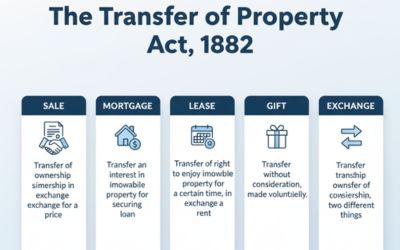
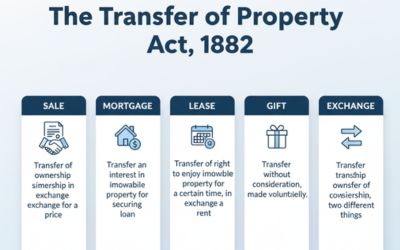

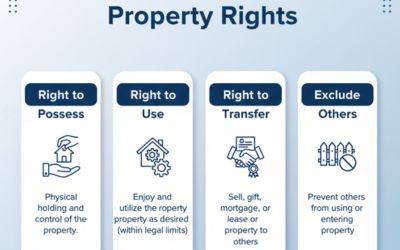
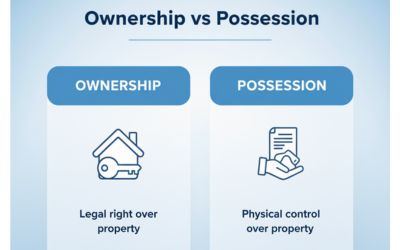

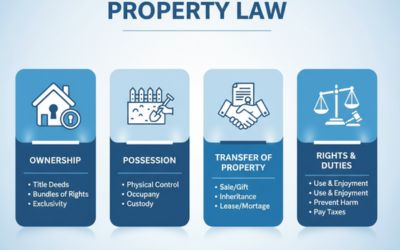



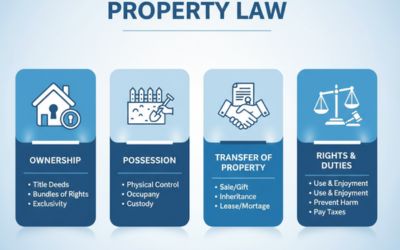
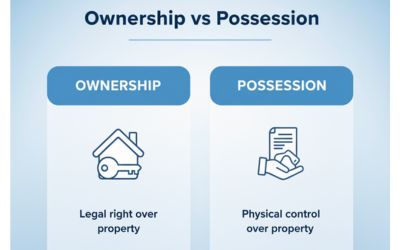
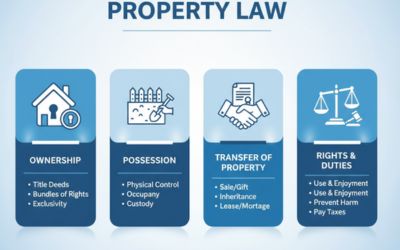
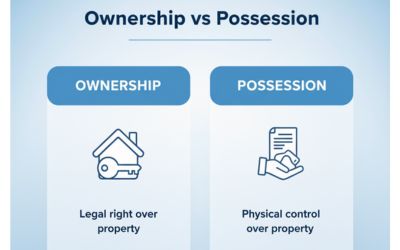



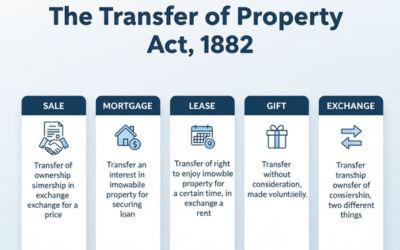
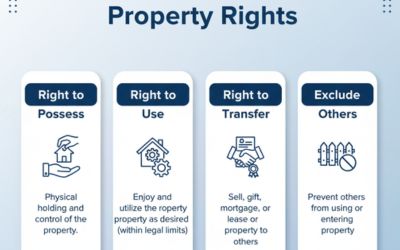


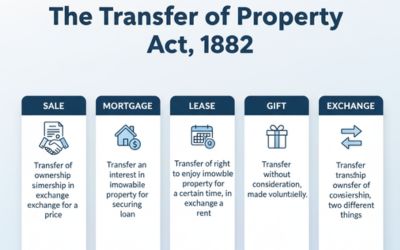




























































Comment
Nothing for now